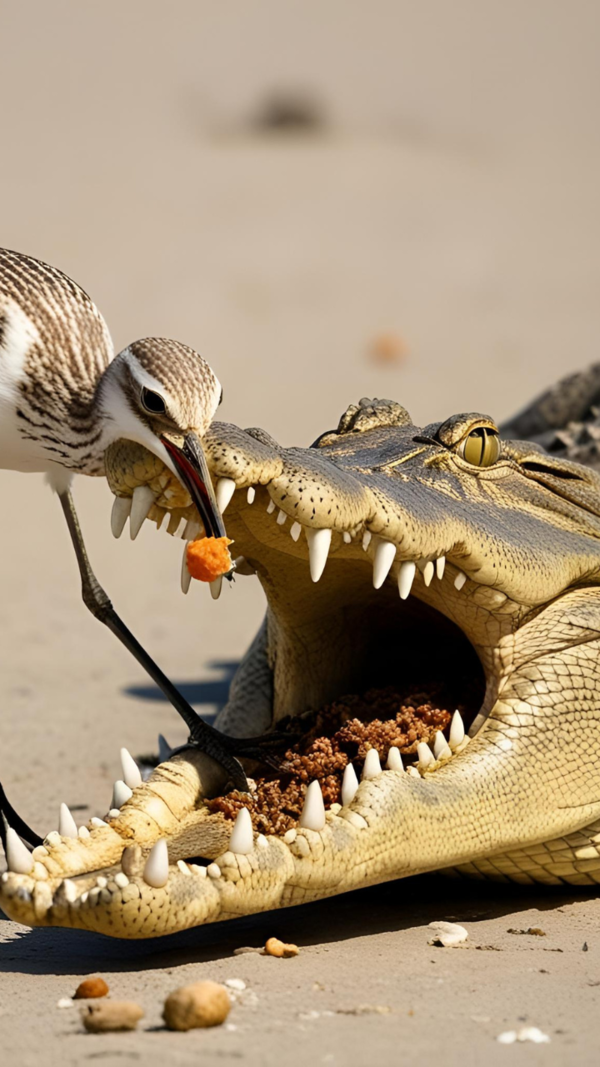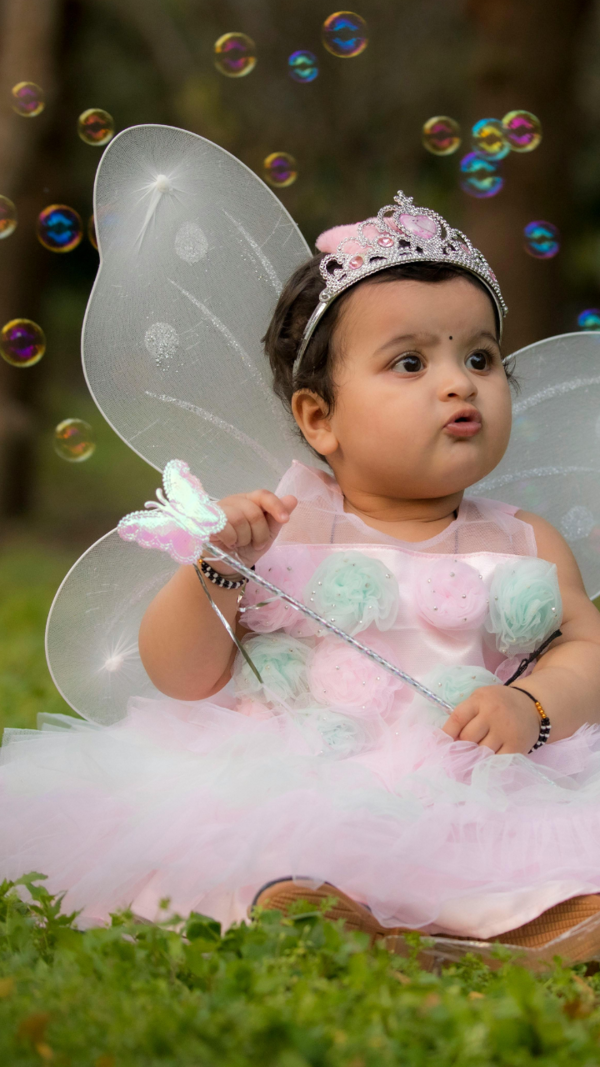NASA female astronauts take on spacewalk: Here’s why it’s more than just a ‘walk’

What exactly happens in a space walk
Earlier this week, NASA astronauts Anne McClain and Nichole Ayers made headlines as they stepped out of the International Space Station for a spacewalk. It marked the fifth all-female spacewalk in history– a moment that not only drew global attention but also highlighted how much progress space exploration has made. As reported by AP News, over nearly six hours, the duo carried out important tasks like relocating antennas and setting up for new solar panels.
But there’s much more to a spacewalk than the amazing view of astronauts floating in space. These missions take months of training, come with serious risks, and need to be carried out with extreme care. Here’s a look at what really happens during a spacewalk.
Image credit: X/@NASA_Johnson

Long hours in water prepare astronauts for weightlessness
Before astronauts ever head into space, they go through years of training on Earth. Their first experience of a spacewalk doesn’t actually happen in space– it happens underwater. At NASA’s Neutral Buoyancy Lab in Houston, astronauts practice every move inside a huge pool that holds a full-sized model of the space station, as mentioned by space(dot)com. The water helps recreate the feeling of weightlessness, so they can learn how to move and work without gravity.
For every hour they’ll spend outside the space station, they train around seven hours underwater. They practice fixing equipment, connecting cables, and handling tools– just like they would during a real spacewalk. But training underwater isn’t identical to the real thing, as astronaut Tracy Caldwell Dyson once told NPR: “There’s no diver floating around to keep you safe,” as quoted by space(dot)com.

Decompression is crucial before stepping out
A spacewalk doesn’t begin by just stepping outside. The night before, astronauts go through a special process to adjust to the pressure difference. While the space station is pressurized like Earth’s sea level (14.7 psi), a spacesuit has much lower pressure– only 4.3 psi, similar to being at 30,000 feet in the air, as per space(dot)com.
If they made the switch too quickly, it could cause decompression sickness, also known as “the bends,” where nitrogen bubbles form in the blood. To prevent this, astronauts spend the night in a small airlock inside the station, wearing their suits. This helps their bodies slowly adjust before they go out into space.

The suit is more than just gear– it's a personal spacecraft
Astronauts wear a suit called the Extravehicular Mobility Unit (EMU), which does a lot more than just cover them. It gives them oxygen, keeps their body temperature normal, protects them from harmful space radiation and tiny flying objects, and lets them talk to each other and the team inside the station.
In space, the temperature can go from extremely hot– around 250°F (120°C) in the sun– to extremely cold– about -250°F (-160°C) in the shade, as per space(dot)com. The suit is made to handle both. Astronauts are always tied to the space station with safety ropes so they don’t float away. Their tools are also clipped in for the same reason. If they do get separated by accident, they have a small emergency jetpack called SAFER. It’s controlled with a joystick and helps them fly back to the station safely.

Every move is pre-planned and coordinated
Spacewalks are planned and timed very carefully, with every task mapped out in detail. Whether it’s repairing something or adding new equipment, astronauts follow a step-by-step schedule. As reported by AP News, in the recent spacewalk, McClain and Ayers helped prepare the station for new solar panels and moved an antenna.
Right before going outside, McClain saw some loose threads on the finger of her glove. The spacewalk was paused for a short time while ground control made sure it was safe. Once they got the all-clear, the astronauts continued with their work, as reported by AP News.

A spacewalk is more than a view– it's a mission
Even though astronauts get to see stunning views of Earth, like glowing auroras and ocean waves, they stay focused on their work. Cameras on their helmets record everything, and Mission Control on Earth keeps track of every move. They stay in constant contact, and all actions are closely monitored in real time.
Moving around in space isn’t simple. Without gravity, astronauts use their arms to pull themselves along handrails and parts of the space station. They stay attached with safety tethers the entire time to make sure they don’t float away.








